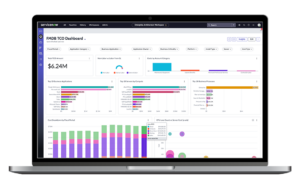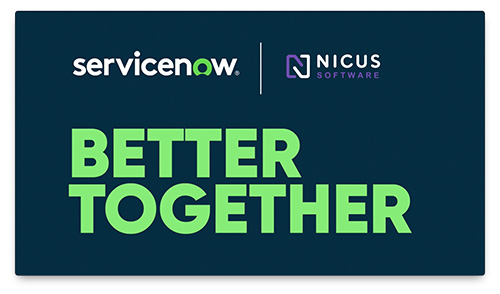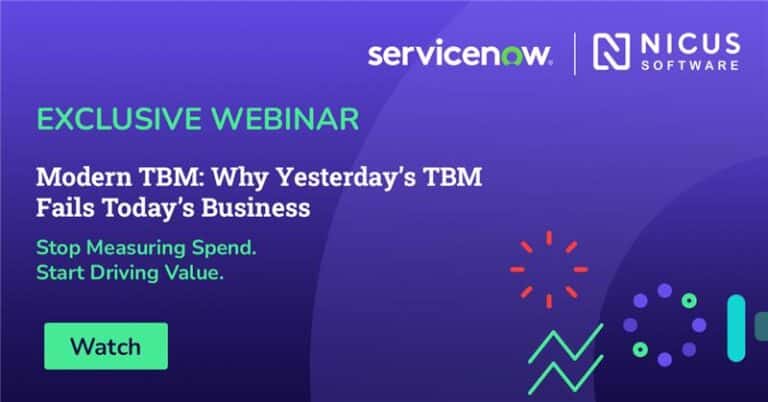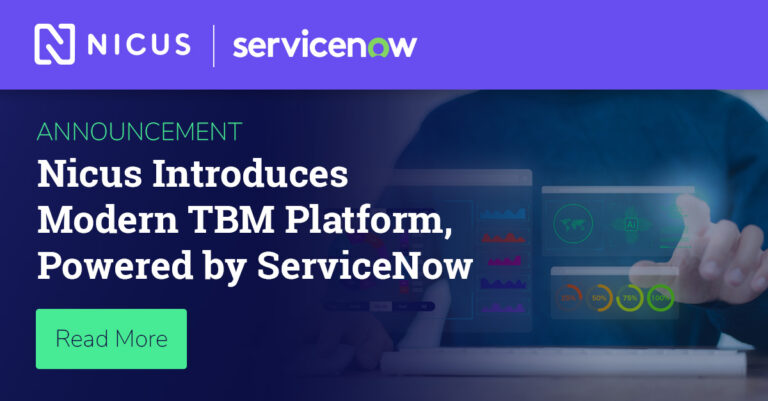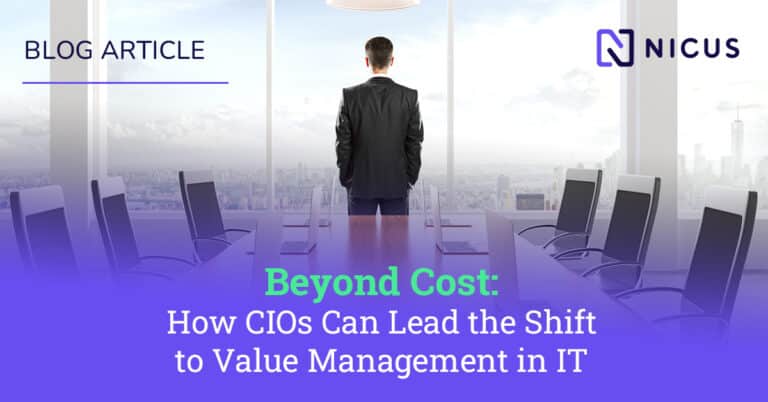Modern TBM speeds both the realization of value from TBM investments and the cycle from insight to decision to action. Designed to reduce complexity, it streamlines adoption by embedding best practices and proven frameworks—cutting long implementation cycles and heavy customization. Organizations achieve early wins, sustain momentum, and avoid drawn-out ramp-ups that erode confidence. At the same time, decision velocity improves as leaders quickly translate insights into strategic actions and align teams around shared priorities—enabling rapid responses to evolving needs and unlocking more value from technology portfolios.
Why Now?
Technology has moved from supporting the business to driving it. Every initiative — from customer experience to operational resilience — relies on digital investment. At the same time, leaders face rising costs from cloud and SaaS adoption, mounting expectations for financial accountability, and pressure to accelerate transformation without sacrificing control.
AI is intensifying these dynamics. It introduces powerful opportunities to predict, automate, and optimize — but also creates new demands for transparency, governance, and speed. CFOs and boards want clearer accountability, while business leaders expect faster, outcome-linked decisions. Meanwhile, disciplines like ITFM, TBM, and FinOps are converging, underscoring the need for a unified approach to technology value management.
Together, these forces create an environment where delayed insights, manual reporting cycles, and siloed views of spend are no longer sustainable. Organizations must respond with the agility, visibility, and accountability required to keep pace with real-time change and deliver measurable outcomes from every technology investment.


